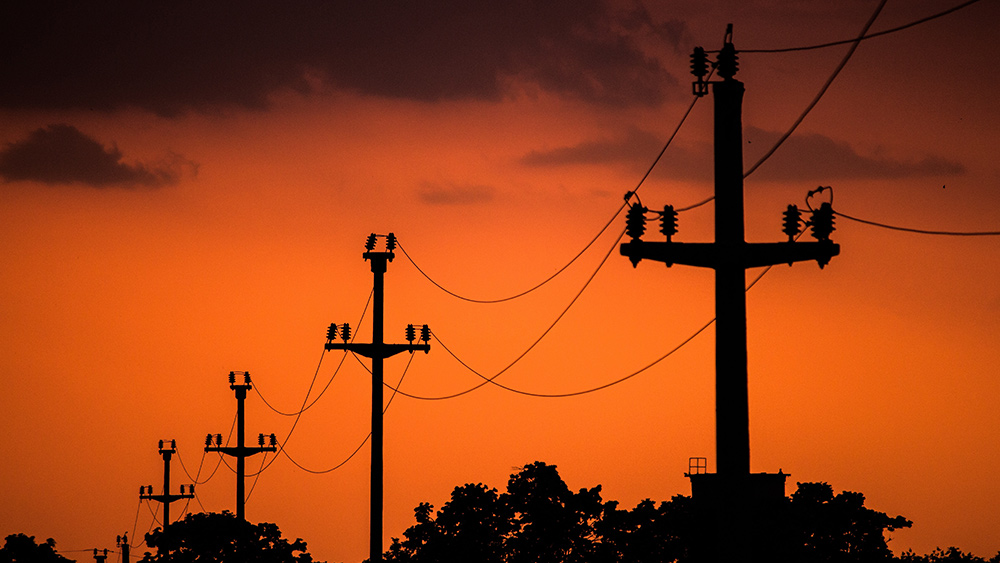
Recent observations and forecasts revealed that the anomaly's valley – the portion within the region with the lowest field strength – is splitting into two lobes. This split is caused by the fluctuations in the flowing magma deep within Earth, in the boundary between the outer core and the mantle.
Scientists also said that the SAA, which is located over the southern Atlantic Ocean and South America, is drifting westward and continues to weaken.
These changes have major implications for the satellites roaming around Earth's upper atmosphere. Earth's magnetic field serves as a protective barrier against cosmic particles and the solar wind. But due to the SAA, these space particles dip closer to the surface and cause significant damage to nearby satellites. With the continued weakening of SAA, satellites are exposed to more harmful particles, which increases the likelihood of a technical malfunction.
The South Atlantic Anomaly is evolving
The SAA is caused by the swirling flow of molten metals in Earth's outer core and the tilt of the magnetic axis.
Earth's magnetic field is quite like a bar magnet, except that it is tilted and unstable. That's because the magnetic field originates within 1,800 miles underground where Earth's outer core is located. Liquid iron flows vigorously and acts like a massive generator that creates electric currents, forming the majority of the magnetic field. The motion of the flow changes over time due to complex conditions within the core and at the boundary abutting the mantle. As a result, the magnetic field fluctuates too, generating the SAA in tandem with the tilt of the magnetic axis. And as the iron flow changes, so does the SAA.
Recent research found that a second center of minimum strength developed in the anomaly. According to the European Space Agency (ESA), this region emerged southwest of Africa over the past five years, leading scientists to theorize that the SAA is going to split into two cells.
"The new, eastern minimum of the South Atlantic Anomaly has appeared over the last decade and in recent years is developing vigorously," said Jürgen Matzka of the German Research Center for Geosciences.
ESA added that the SAA is slowly but steadily drifting westward at around 12.5 miles per year. It is also getting weaker, with its intensity dropping from 24,000 to 22,000 nanoteslas over the past 50 years. This caused Earth's entire magnetic field to weaken by nine percent over the course of two centuries.
Due to these changes in the SAA, people speculated that Earth's magnetic field is headed for an imminent pole reversal in which the north and south magnetic poles switch places. A pole reversal is not uncommon across Earth's geologic history; evidence shows that 171 magnetic field reversals occurred during the past 71 million years. It is also overdue – a reversal is estimated to take place every 250,000 years on average. And the last time it occurred was about 780,000 years ago.
However, scientists said that the SAA is still within the normal levels of fluctuations. (Related: Earth's magnetic field over the South Atlantic is WEAKENING and scientists aren't entirely certain why.)
Forecasting changes in Earth's magnetic field
NASA is working on models of the SAA to monitor and predict possible changes in the anomalous region in the future. Using data from the ESA as well as from previous missions by agencies around the world, NASA scientists are developing geodynamo models that integrate core physics to forecast near-future changes in the SAA.
"This is similar to how weather forecasts are produced, but we are working with much longer time scales," said Andrew Tangborn, a mathematician at NASA's Goddard Space Flight Center.
Forecasting changes in Earth's magnetic field is important in order to address potential threats to satellites and astronauts.
According to Terry Sabaka, a geophysicist also at the Goddard Space Flight Center, "Even though the SAA is slow-moving, it is going through some change in morphology, so it's also important that we keep observing it by having continued missions."
Space.news has more on the evolution of Earth's magnetic field.
Sources include:
Please contact us for more information.























